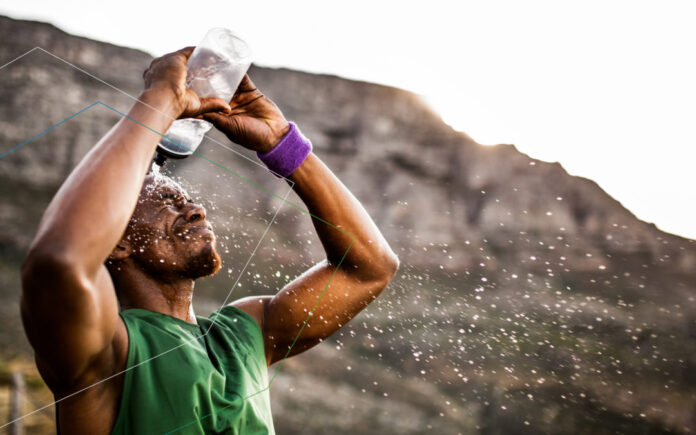Thermoregulation is the process of regulating body temperature and it’s vital for maintaining athletes’ health and performance during exercise in the heat. There are many fabrics used in sports clothing including natural fibers synthesized from plants and animals (cotton, wool) and synthetic fibers produced through chemical synthesis (polyester, nylon). Each kind of fabric has its own strengths and limitations pertaining to thermoregulation and comfort during exercise.
According to Ozdil and Anand, clothing comfort comprises four main considerations:
- Psychological; concerning the design features of apparel.
- Sensorial; concerning the mechanical sensations cause by the fabric including softness and clinginess.
- Body-movement; concerning the fit of the clothing and the freedom of movement it allows.
- Thermo-physiological; concerning moisture and air permeability and any aspect that directly influences the wearer’s thermoregulation.
Analysis/Reflection:
During rehabilitation, patients might need to apply certain devices on their body, from gloves covering only their fingers to a whole suit covering their body. Exercising and following up with the rehab activities requires a lot of movement to help with the recovery of the muscles that lost its ability to move or weaken. So it’s very important to consider the patients’ body thermoregulation and comfort during these sessions.




